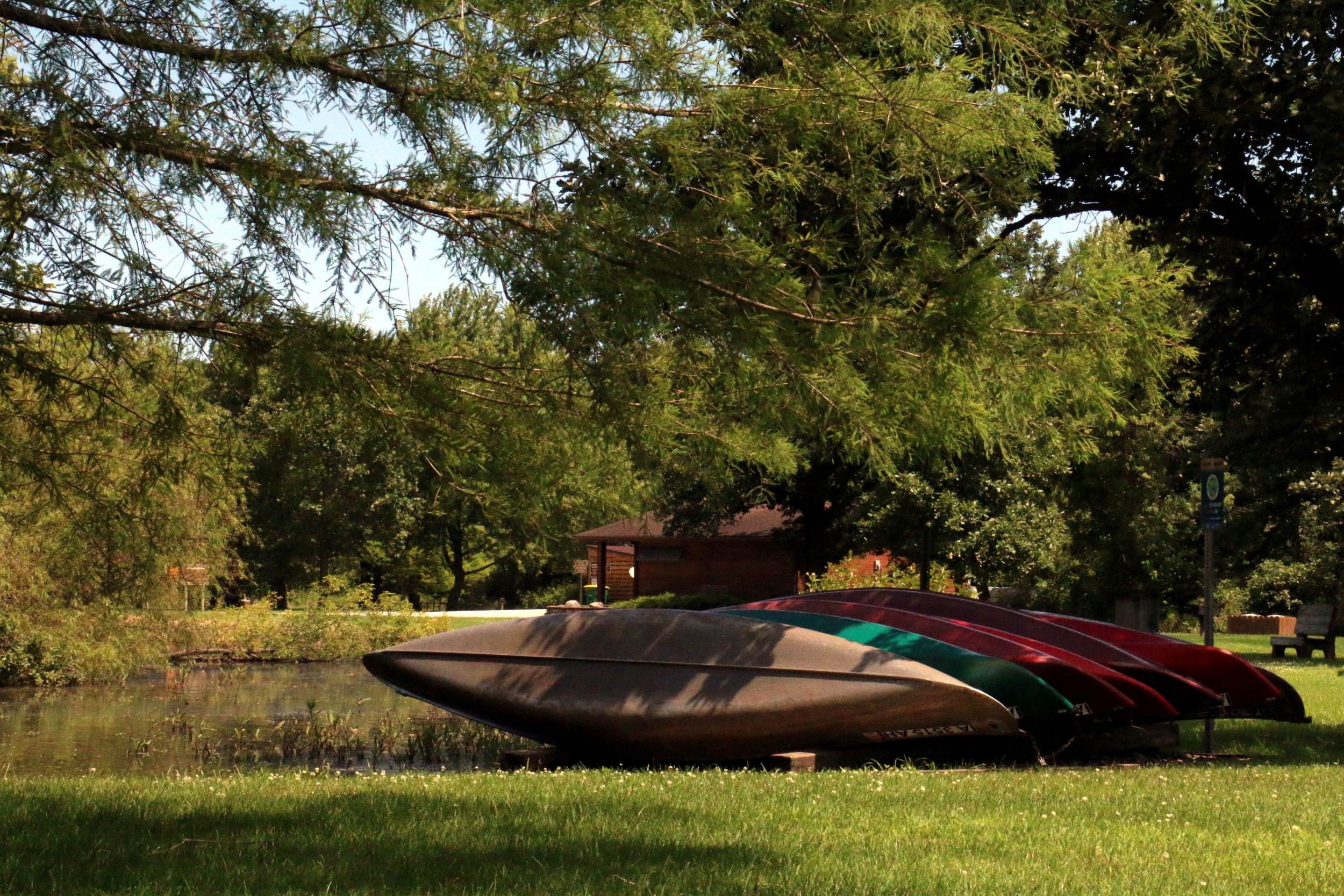Building Chichaqua
By Katy Heggen on February 28, 2018 in Blog
Sometimes, the best things are found in unexpected places. This is certainly true of Chichaqua Bottoms Greenbelt, a 9,000+ acre natural area tucked into the northern corners of Polk and Jasper counties.
When the Polk County Conservation Board (PCCB) acquired the first parcel of land that would become Chichaqua in 1960, its intention was to restore and preserve the old oxbows (a natural u-shaped bend in a river) of the Skunk River, which had been straightened in the early 1900s to improve agricultural opportunities. Fast forward and today Chichaqua is a 9,000+ acre nature lover’s dream, encompassing a stunning collection of remnant and reconstructed prairies, woodlands, wetlands, marshes, oxbows and backwaters stretching nearly ten miles along the Skunk River.
It is also home to a diverse array of flora and fauna, including bobcats, river otters, sandhill cranes and many other species not commonly seen in this, or in some instances, any other part of the state. Chichaqua also boasts a variety of recreational opportunities including hiking trails, campsites, places to paddle, hunt, fish, cross-country ski, snowshoe and watch wildlife. The craziest part? Many central Iowans aren’t aware it exists.
“If I had a dollar for every person that came up to me and said, ‘I had no idea this place was here’,” said Doug Sheeley, a conversation ecologist with PCCB, which manages Chichaqua along with the Iowa DNR. “It’s big enough and remote enough that you can kind of forget where you are and imagine what it would have originally been like. That’s not something we have the opportunity to do a lot in Iowa,” said Sheeley.

The sheer size of Chichaqua — the largest expanse of public land in Polk County by far — as well as the scope of restoration and diversity of species found there, make it unique. Perhaps the only thing more impressive than Chichaqua itself is the partnerships it represents.
“Chichaqua started small like all of PCCB’s properties. Over time, it’s gotten quite large by Iowa standards. A lot of that is thanks to partners that have stepped up to help make that possible. It’s not something any entity can accomplish on its own,” said Sheeley.
INHF entered the Chichaqua story after the floods in 1993, when it purchased the Lost Turtle addition, a 133-acre property that became an addition to Chichaqua near Engeldinger Marsh. In the 25 years since, INHF has helped PCCB and the Iowa DNR acquire over 30 additions to the Greenbelt, protecting over 6,000 acres — much of it marginal or flood-prone farm ground.
“Chichaqua is one of the longest ongoing projects INHF has been involved with,” said INHF Land Projects Director Ross Baxter. “It’s also one of the strongest partnerships we’ve had.”
Just in the last five years, INHF has helped secure three additions to Chichaqua — Swan Lake (2014), Big Ravine (2016) and Crane Meadows (2017).
Located two miles north of Chichaqua, Swan Lake is 154 acres in the center of what was once Swan Lake, a remnant lake and surrounding wetland complex. The Natural Resources Conservation Service had already built five wetlands on the land. Once fully restored, the property will provide wildlife habitat, improve water quality and help reduce flooding in the Skunk River valley, which is prone to flooding. PCCB hopes it will be the first piece in what could eventually become a larger wetland complex in the area.
Big Ravine encompasses 73 acres on the northeast side of Chichaqua, characterized by steep upland woodlands and ravines that slope toward the Skunk River. Like Swan Lake, once fully restored, Big Ravine will also provide significant benefits to the watershed, slowing the flow of sediments to wetlands downstream.
At 348 acres, Crane Meadows is the largest and perhaps most exciting of the recent additions, due in large part to the presence of mature swamp white oak savanna. Swamp white oak savannas, which are home to a unique set of species, were once common in midwestern floodplains but are now extremely rare.
Crane Meadows also includes part of the Skunk’s former river channel, which along with the adjacent oxbows, will be restored to wetland habitat. Opportunities exist to restore other parts to a mix of native grasses and wetlands, all of which will provide benefits to wildlife, reduce soil loss and increase groundwater filtration during floods. Located on the north edge of Chichaqua, it provides a stepping stone between Chichaqua and Swan Lake.
These three additions and Chichaqua as a whole exemplify what can be accomplished by a partnership-driven, step-by-step approach.
“That’s kind of how things have gone out here,” said Sheeley. “As opportunities come along, we can fill in the in-between pieces. INHF has been and continues to be a big part of that.”